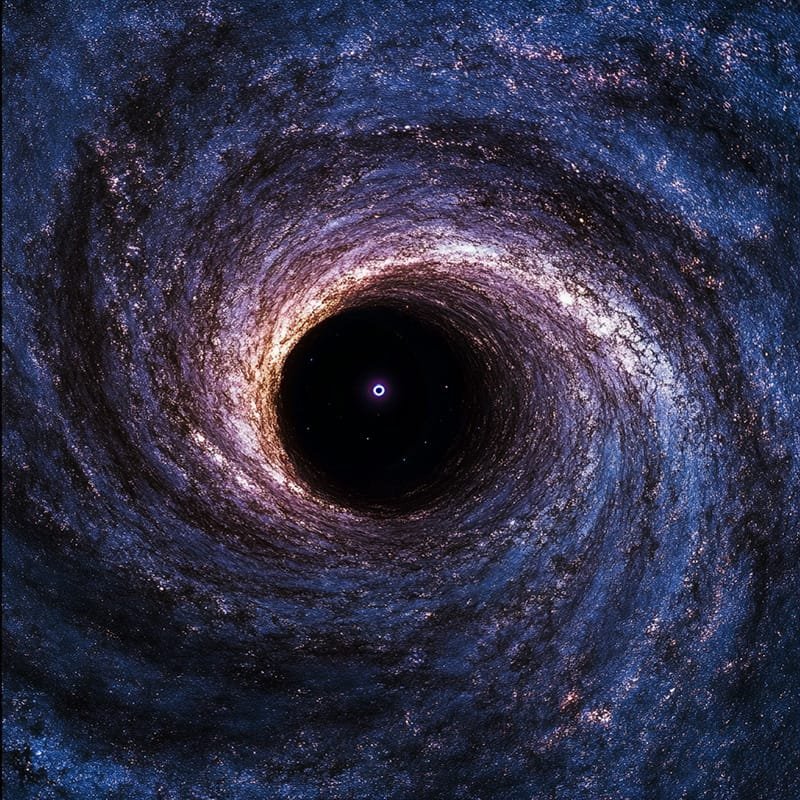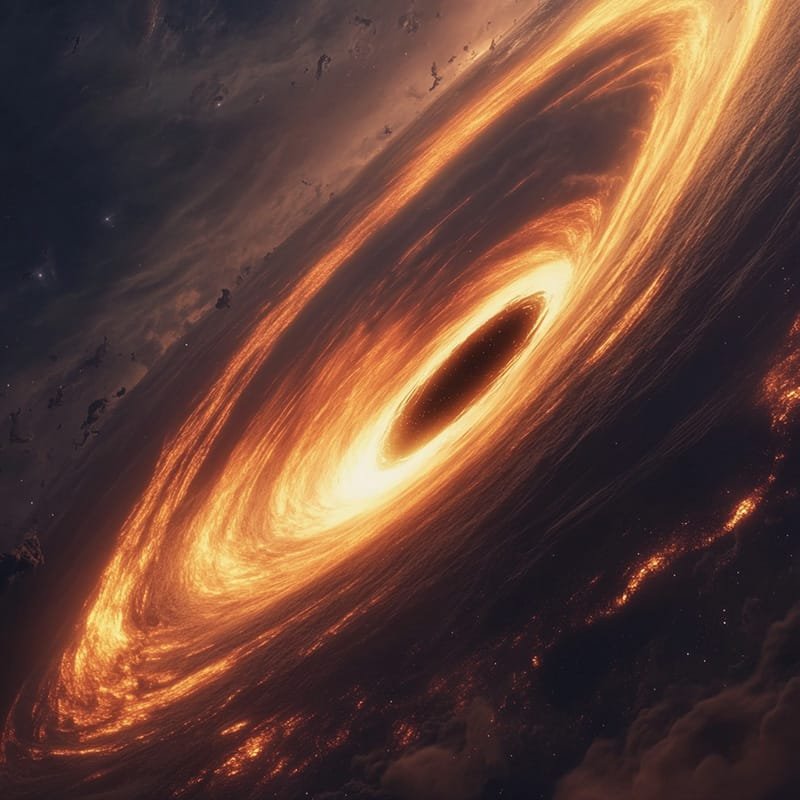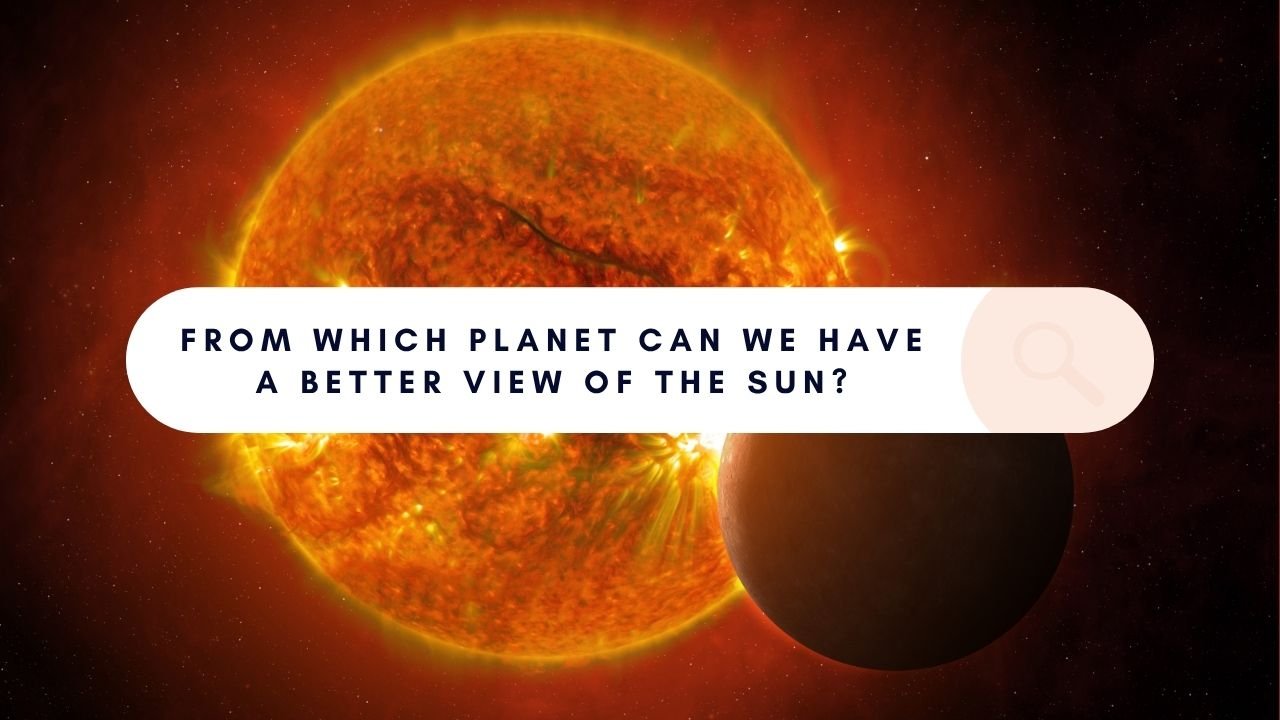Black holes, once thought to be cold, have temperatures due to Hawking radiation, inversely related to mass. Exploring cosmic mysteries continues.
Key Takeaways 📝
- Black holes, long believed to be completely cold, actually possess a temperature due to Hawking radiation, which is inversely related to their mass.
- A solar-mass black hole has a temperature of just 0.06 millionth of a kelvin, highlighting the extreme cold of these cosmic entities.
- The idea that black holes can emit radiation challenges traditional views, suggesting they are not eternal prisons but dynamic systems with lifespans.
- Understanding black hole temperatures has profound implications for bridging quantum mechanics and general relativity, potentially leading to a new theory of gravity.
- The ongoing exploration of black holes, aided by advanced technology like the Event Horizon Telescope, promises to unlock new insights into the universe’s mysteries.
Do Black Holes Have a Temperature? #blackhole #blackholes #spacehttps://t.co/mN172k54aX pic.twitter.com/zZ4L22wZOh
— Universe Episodes (@UEpisodes974) October 28, 2024
Introduction: The Cosmic Enigma
Have you ever gazed into the night sky and wondered about the mysteries lurking in the cosmos? Among the most enigmatic are black holes—those celestial vacuum cleaners that gulp down everything in their path. But here’s a mind-bending question: Does a black hole have any temperature? It’s like asking if a shadow can cast light. Let’s embark on a journey through space and time, blending classical theory with quantum mechanics to unravel this cosmic conundrum.

What is a Black Hole?
Understanding the Basics
A black hole is a region of space where gravity is so strong that nothing—not even light—can escape its grasp. It’s like a giant cosmic trapdoor leading to who-knows-where, formed when massive stars collapse under their own gravity at the end of their life cycles.
The Event Horizon: The Point of No Return
The event horizon is the boundary around a black hole beyond which nothing can return. Imagine it as the ultimate “do not cross” line of the universe. Once past this point, escape is impossible, at least according to classical physics.
Classical View of Black Holes
Einstein’s Perspective
Einstein’s general relativity paints black holes as objects of pure geometry. They’re the ultimate “strong, silent types”—absorbing everything, emitting nothing. In this classical view, black holes are as cold as can be, with a temperature of 0 K.
Temperature in Classical Theory
In the world of classical physics, temperature is tied to the motion of particles. Since black holes don’t emit anything, they were long thought to be the cosmic equivalent of an icebox.
The Quantum Leap: Hawking Radiation
Stephen Hawking’s Groundbreaking Theory
Enter Stephen Hawking, the legendary physicist who in 1974 proposed that black holes aren’t completely black after all. According to his theory, they emit faint radiation, now known as Hawking radiation.
How Hawking Radiation Works
Hawking radiation arises from the peculiarities of quantum mechanics. Near the event horizon, particle-antiparticle pairs pop into existence. Sometimes, one falls into the black hole, while the other escapes, making it appear as if the black hole is emitting radiation.
Does a Black Hole Have Any Temperature?
Measuring the Immeasurable
So, does a black hole have any temperature? In a word, yes. Thanks to Hawking radiation, black holes have a temperature that is inversely proportional to their mass. This means smaller black holes are hotter, albeit still pretty frigid by earthly standards.
Temperature and Black Hole Mass
For a black hole the mass of the Sun, the temperature is a chilly 0.06 millionth of a kelvin. Larger black holes are even colder, with temperatures dipping below 0.02 millionth of a kelvin.
The Role of Particle-Antiparticle Pairs
A Closer Look at Quantum Mechanics
Quantum mechanics is a strange beast, with particle-antiparticle pairs appearing and disappearing like cosmic magician’s doves. But these aren’t your typical particles—they’re born from the fabric of space itself.
The Misleading Intuition
While the particle-antiparticle pair explanation is intuitive, it’s also misleading. In the realm of quantum field theory, particles are more like convenient labels than actual entities, especially near a black hole’s warped spacetime.
Blackbody Radiation and Black Holes
Understanding the Blackbody Spectrum
The radiation emitted by black holes follows a blackbody spectrum, a concept borrowed from thermodynamics. It’s like a cosmic fingerprint, telling us about the temperature and energy distribution of the black hole.
The Inverse Relationship with Mass
The power of this radiation is inversely proportional to the square of the black hole’s mass. So, the bigger the black hole, the weaker the radiation—a whisper in the cosmic symphony.
Detecting the Undetectable: Challenges in Observing Hawking Radiation
Why It’s Practically Impossible
The radiation emitted is so faint that detecting it is like trying to hear a pin drop in a hurricane. For a solar-mass black hole, the emission is about 0.9 millionth of a millionth of a millionth of a picowatt—practically undetectable.
Current Efforts and Theoretical Models
Despite the challenges, scientists are devising clever experiments and theoretical models to indirectly confirm Hawking’s bold prediction. Yet, direct detection remains a distant dream.

The Significance of Black Hole Temperature
Implications for Physics
The concept of black hole temperature bridges the chasm between quantum mechanics and general relativity. It suggests that black holes aren’t the eternal prisons they once seemed but rather dynamic entities with lifespans.
Bridging the Gap Between Quantum Mechanics and Relativity
By uniting these two pillars of modern physics, Hawking radiation hints at a deeper, underlying theory—perhaps a quantum theory of gravity—that could unlock new cosmic secrets.
The Future of Black Hole Research
New Horizons in Space Exploration
With advancements in technology and space exploration, the study of black holes is entering a golden age. From gravitational wave detection to sophisticated telescopes, we’re closer than ever to understanding these cosmic giants.
The Role of Advanced Technology
Innovations like the Event Horizon Telescope, which captured the first-ever image of a black hole’s shadow, are paving the way for future discoveries that could answer age-old questions.
Life After Warming: Cosmic Implications
Understanding black holes and their temperatures reshapes our perception of the universe. Like “Life After Warming” on Earth, comprehending these celestial phenomena could lead to profound insights about our cosmic environment and its eventual fate.
Conclusion: The Endless Quest for Knowledge
As we peer into the abyss of black holes, we’re reminded of the boundless curiosity that drives human exploration. Black holes, with their enigmatic nature and paradoxical properties, challenge our understanding and inspire us to seek answers in the vast, uncharted territories of space. The journey to comprehend their mysteries is far from over, but each step brings us closer to unraveling the cosmic tapestry.
FAQs
What happens to the temperature of a black hole as it grows?
As a black hole grows in mass, its temperature decreases, becoming even colder.
Can we ever measure a black hole’s temperature directly?
Direct measurement is unlikely due to the faintness of Hawking radiation, but indirect methods may offer insights.
How does Hawking radiation affect a black hole over time?
Over vast timescales, Hawking radiation causes black holes to lose mass and eventually evaporate.
Is Hawking radiation the only way a black hole can emit energy?
Currently, it’s the only known mechanism, but future discoveries could reveal more.
What are the latest advancements in black hole research?
Recent advancements include the imaging of black hole shadows and improvements in gravitational wave detection.
In our quest to understand “Does a black hole have any temperature?”, we find ourselves at the intersection of science and wonder—a place where the universe reveals its secrets, one discovery at a time.
























